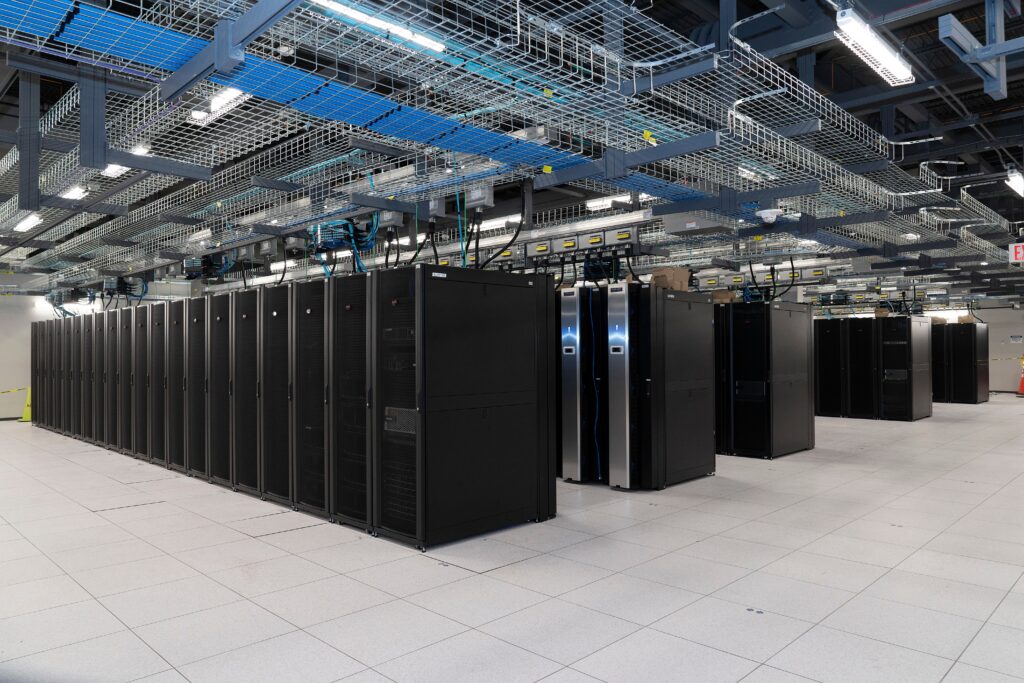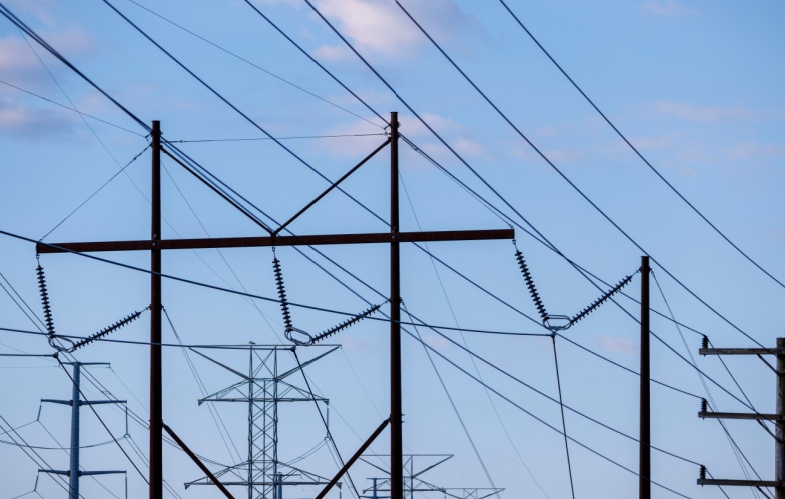Industry Insight
Artificial intelligence and hyperscale data centers are reshaping electricity demand at a speed utilities have never experienced. What used to be gradual, predictable growth is now a stress test colliding with interconnection backlogs, equipment shortages, and workforce gaps.
The question for utilities is not whether demand will materialize, it already has. The question is whether delivery systems can keep up.
Why Data Center Growth Breaks Old Models
Traditional load forecasting assumed steady economic growth and long planning cycles. Today’s environment is different:
- Concentrated demand: A single hyperscale campus can require thousands of megawatts, equivalent to an entire city’s load, often within a three- to five-year horizon.
- Reliability non-negotiable: Unlike most customers, data centers cannot ride through extended interruptions. Backup isn’t enough; they require firm, always-on supply.
- Regional hotspots: Markets like Northern Virginia, Dallas, and Phoenix are seeing dozens of new facilities clustered together, straining local transmission and substation capacity.
- Interconnection logjams: Study queues exceed available engineering resources. Requests pile up, timelines stretch to four to eight years, and customers start scouting other regions.
- Procurement cliffs: Lead times for large transformers have doubled or tripled. Utilities that wait for project approvals before ordering find themselves 24–36 months behind before construction begins.
- Workforce bottlenecks: The same engineering and construction staff needed for grid hardening and renewables are also needed for data center work. When peak demand hits, owners discover they staffed for averages, not surges.
- Scenario-based planning that models multiple demand cases, allowing boards and regulators to prepare for various futures.
- Early procurement through frame agreements. Utilities that secured transformer contracts in advance avoided 18–24 month delays when global shortages hit, while those that waited saw projects stalled for years.
- Integrated governance under one accountable structure. Dedicated interconnection teams cut study cycles by 30–40% compared to business-as-usual approaches, a difference measured in years of market advantage.
- Stakeholder alignment through early engagement with regulators and communities, reducing late-stage opposition and accelerating approvals.
- Capacity sized for peak complexity. Programs that staff ahead of demand sustain schedule adherence above 80%, while those that plan for averages drop into the 50–60% range when construction surges.
- Opportunity, because data centers anchor long-term load growth and economic development.
- Risk, because failure to deliver capacity on time means projects move elsewhere, taking investment and jobs with them.




